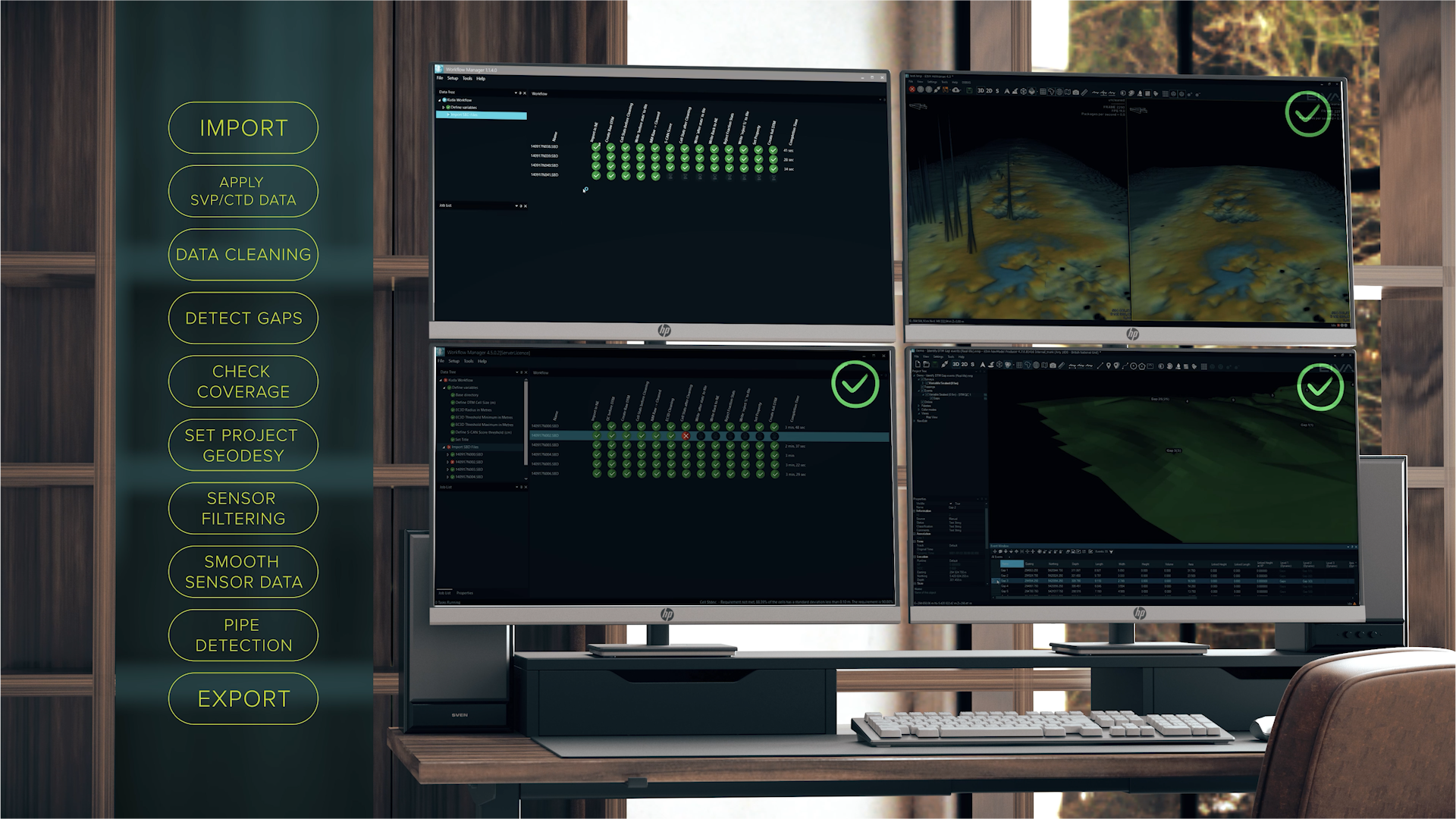
Want to attend free webinars?
The ongoing EIVA LIVE webinar series keeps you up to date on our latest software and hardware developments – with the possibility to dive deeper and ask our experts questions. Webinars showcased solutions such as our software for automating hydrographic surveys, technology for augmenting subsea visual inspections, as well as new ROTV sensor platforms.
